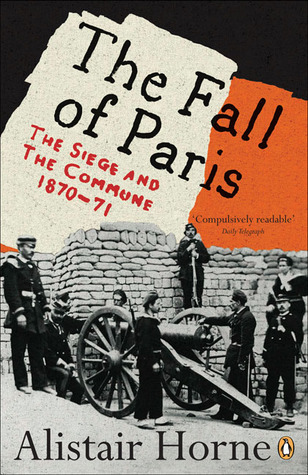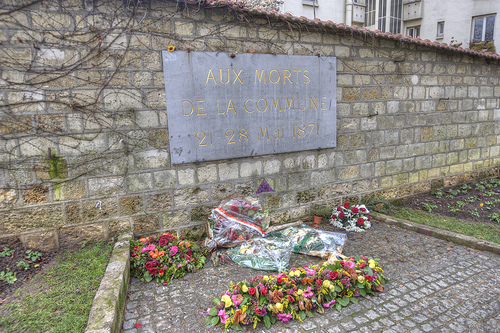What do you think?
Rate this book


458 pages, Paperback
First published October 1, 1965

…what is most difficult for the imagination to grasp is that this dark Holocaust took place not in some remote African territory, or by the whim of some long-dead Oriental despot, but… in a city which… had regarded itself as the Citadel of Civilization.
Within just three years of the closing-down of the Great Exhibition, badly beaten French soldiers would be encamped upon the Champs-de-Mars; la ville lumière (City of Lights) besieged by that amiable, courteous King of Prussia, her lights extinguished through lack of fuel, her epicurean populace reduced to a diet of rats. A few months more, and that same king would be crowned emperor over the prostrate body of his former host’s fallen Empire; his coronation followed by one of the harshest peace settlements ever imposed by one European state upon another.